Unlike ordinary, waterproof drywall can be used to create various structures in wet rooms — for example, in bathrooms. Thanks to special impregnation, a fungus or mold is not formed on its surface, which after some time after installation can “decorate” a simple GKL.
Moisture -resistant drywall — characteristics and properties
Niche under the bathroom made of drywall — video
As the base of moisture-resistant sheets (GKLV) lies the usual gypsum of the G-4 brand. Thanks to special hydrophobizing additives, it has reduced moisture supply. In addition, sheets can «breathe». Moisture -resistant sheets are not combustible — even despite the paper in which gypsum is “wrapped”.
Moisture -resistant drywall sheets are non -toxic. The cost of this material is low, and the scope is very high. It’s easy to work with him, because it is easy to cut and bending. In addition, the sheets are well isolated noise. According to the calculations of some experts, for the creation of, for example, partitions from drywall will take almost three times less time, which would be spent on working with other materials.
But this material has its own shortcomings. Firstly, if in the room where there are structures created from it, for more than ten hours a day, air humidity is 85% and higher, you need to equip good ventilation. Otherwise, the sheets will begin to swell after a while. Secondly, this material is quite fragile, so if it is planned to hang something heavy on the wall, the frame will have to thoroughly strengthen. In addition, it is possible to mount such objects only on special dowels. And thirdly, during cutting, a lot of dust is formed, from which you need to reliably defend yourself.
You can distinguish moisture -resistant sheets from the usual ones by the color of the cardboard itself. GKL is gray, and GKLV has green. Substantial drywall of moisture -resistant dimensions has standard — 1.2×2.5 m. On sale you can find sheets two and three meters high, but this is a rarity. The thickness of the moisture -resistant drywall, as a rule, is also standard — 12.5 and 9.5 mm. In principle, it can be more, but such material is made, as a rule, to order.
How a moisture -resistant drywall for the bathroom is used?
The video shows how to properly glue drywall
Moisture -resistant sheets can be used not only for working in the bathroom, but also for leveling walls. Green sheets must be chosen for this purpose if you are the owner of a corner apartment, the walls in which are often affected by mold. Attaching gypsum cardboard with a frame or frameless way, you will save yourself from this unpleasant problem.
Thick sheets of GKLV are well suited if the walls are later lined with ceramic tiles, since all types of soils, putty and tile adhesives can be applied to them. Gypsumwarton ceiling moisture -resistant allows you to create almost any architectural forms on the ceilings in bathrooms, on which, as you know, most of the steam concentrates in the form of condensate.
Moisture -resistant drywall — reviews and choice rules
In general, reviews on the network for this material convenient in the work are positive. Most of the claims to him falls on the share of reviews about the quality. In fact, poor -quality material is very fragile, it breaks almost during transportation. In order not to run into such products, it is worth choosing a gypsum cardboard of a moisture -resistant Volma or Knauf, which have proven themselves well.
In addition, it is necessary to pay attention to the conditions of its storage in the store — in no case should it lie on the open area. There should be no stains and traces of mold on the surface of the sheets. And one more thing: you can ask the seller to break off a piece from some uncontrolled sheet — if he crumbles, you should refuse to buy.
The most dangerous danger is a Chipscarton of Chinese -made — so as not to accidentally purchase it in a store, demand a certificate for the seller for the material.
According to masters, working with moisture -resistant sheets is more difficult than with ordinary ones, since they are denser, and, therefore, cutting sheets is somewhat more difficult. In addition, it is harder to bend the GCLV in a wet way, since it absorbs water much worse than GCL.
As practice shows, drywall moisture -resistant sheets are great for creating structures in wet rooms. It should only be remembered that the seams between the sheets when working in such premises need to be thrown as thoroughly as possible — this will extend the service life of GKLV. In addition, before moving on to further work, drywall must be treated with a moisture -proof primer.



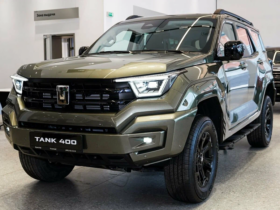
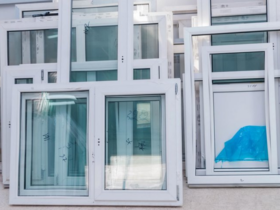

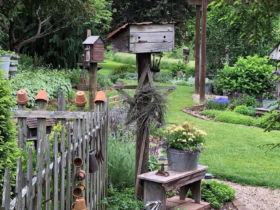

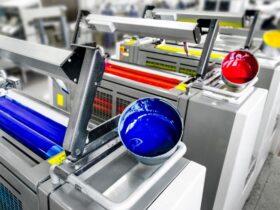
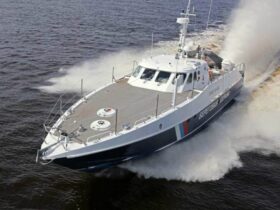
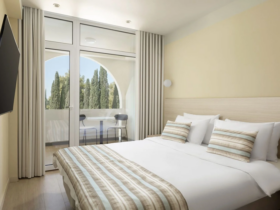
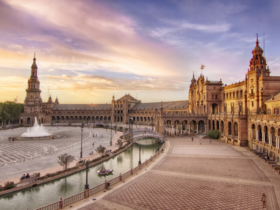

Оставить коммент.